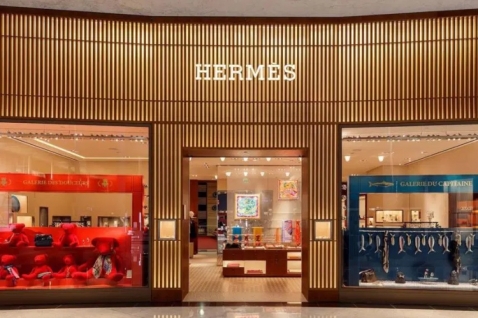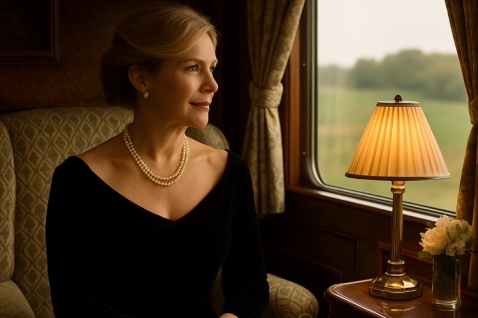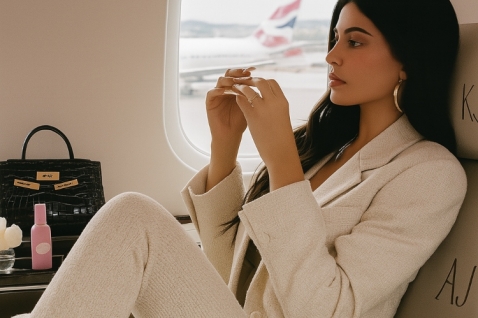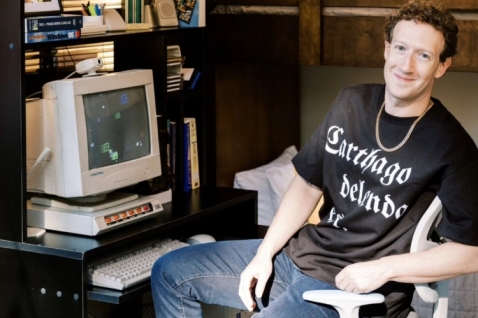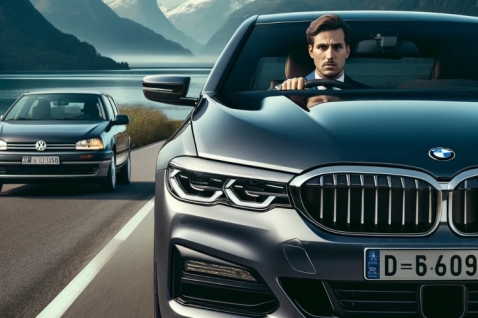
Wilkhahn has a long history. Few companies have influenced Germany's office and contract furniture sector as strongly as Wilkhahn. The company has developed like a personality. A personality that is committed to values and, over the course of its long experience, has continued to give a fresh impetus to general cultural and social development.Design has to provide. That means at much more than external form and function, as explained by Mr.Burkhard Remmers, Wilkhahn Corporate Communications Public Relations director.
1. What’s the key to your successful design?
We call our product philosophy “Responsible Furniture”. Primarily, this means furniture with a long-lasting appeal, a combination of sustainable and perceptible quality. It also means unique, timeless and attractive designs and innovative function with added value for the customers. Added value means furniture that goes that extra mile. It’s not about a new chair, but about better seating, not about a new table, but about better communication and interaction between people, not about a new sofa but about better relaxation … This is the way that genuine innovations are created and shape the whole industry across the globe. The second step is to turn these new ideas into quality results. We try to find as simple and permanent answers as possible to complex questions. Reduce to the max describes our design process perfectly. Functionality also includes the emotional aspect of design, something we call "emotional practicality”. With this concept as our starting point, we developed several potentially classic products, such as the FS-Line office chairs (1980) and Modus (1994). Other examples include the standing aid Stitz (1992), or the Confair folding table (1994). All these products are still in the range and very popular. Currently, we are setting the next benchmark with the three-dimensional, flexible ON. It has just become the first German product ever to be voted "Best of Competition” at the American trade show NeoCon.
2. You are on the move all the time; your favourite destination is...?
I love London, Paris, Tokyo and Chicago. But Belgrade fascinated me too. It could be a case of love at second or third sight. After all the travelling I do, my absolutely favourite destination however is home. I live in Hanover, in Europe’s probably most underestimated city.

3. How do you feel when you are guest in Serbia and what is your opinion about our country?
I only got to see Belgrade. The rugged charm of the city and the contrast between present and past is fascinating. You feel the city is open to go any way and nothing has been totally decided yet. This is what lent the Belgrade Design Week its charm. It was a hive of activity and everyone I have come across to date, does what they do with extreme dedication. At the same time they are warm and hospitable.
4. What do you think about Serbian design, would you single out something that you particularly like?
I have to admit that I really don’t know. Konstantin Grčić is probably not viewed a protagonist – or is he? But is there even such a thing as typical Serbian design? I no longer believe in national trends. In a globalised world, overflowing with media, there are so many different concepts of design which are nowadays at home in virtually all countries. Perhaps the country of origin is sometimes obvious – Italian, Scandinavian, French or even typical German design. Does typical Serbian design exist, above and beyond the more traditional, folkloristic style?
5. Where do you find inspiration, where do you fuel yourself with energy?
I fly to Africa at least once a year. And I don't stay in luxury hotels, but in basic accommodation. Life there helps you get things into perspective. It generates gratitude and humility and gives you strength for new challenges.
6. Your special corner in your home?
Definitely the kitchen.
7. Favourite furniture?
At home, I have a kind of hammock in the living room. This is the place I enjoy reading, mulling things around in my head, or just daydreaming.

8. What is your favourite wine?
I like to drink a full, red wine from Sicily. It’s a basic table wine called Corvo.
9. How do you see the future?
We should very quickly grasp the fact that we are a global community and need rules to regulate the way we act. Because our lives are interlinked in every single way. I believe there are huge opportunities to positively influence the way people behave by using design. In terms of the ratio of possessing and using things. But we are running out of time. The clock’s ticking and we mustn’t leave the next generations with unsolvable problems. In the Gulf of Mexico, we will see if we can repair what we have destroyed.
10. Do you read design magazines?
Yes, if I have time. I try to keep an international overview. I read a lot, but nothing regularly.

11. Where do you get news from?
Because my e-mail address is a public one, I am inundated with news and innovations. They come from all over the world and from every direction. I still have to work out how to deal confidently with these media.
12. What do you think of the mini STUDIO magazine?
I enjoyed answering the questions. Until now, I didn’t know anything about it. The BDW heightened my awareness of Serbia and Belgrade. I am now more on the ball, mini Studio Magazine seems to be on a good route.


